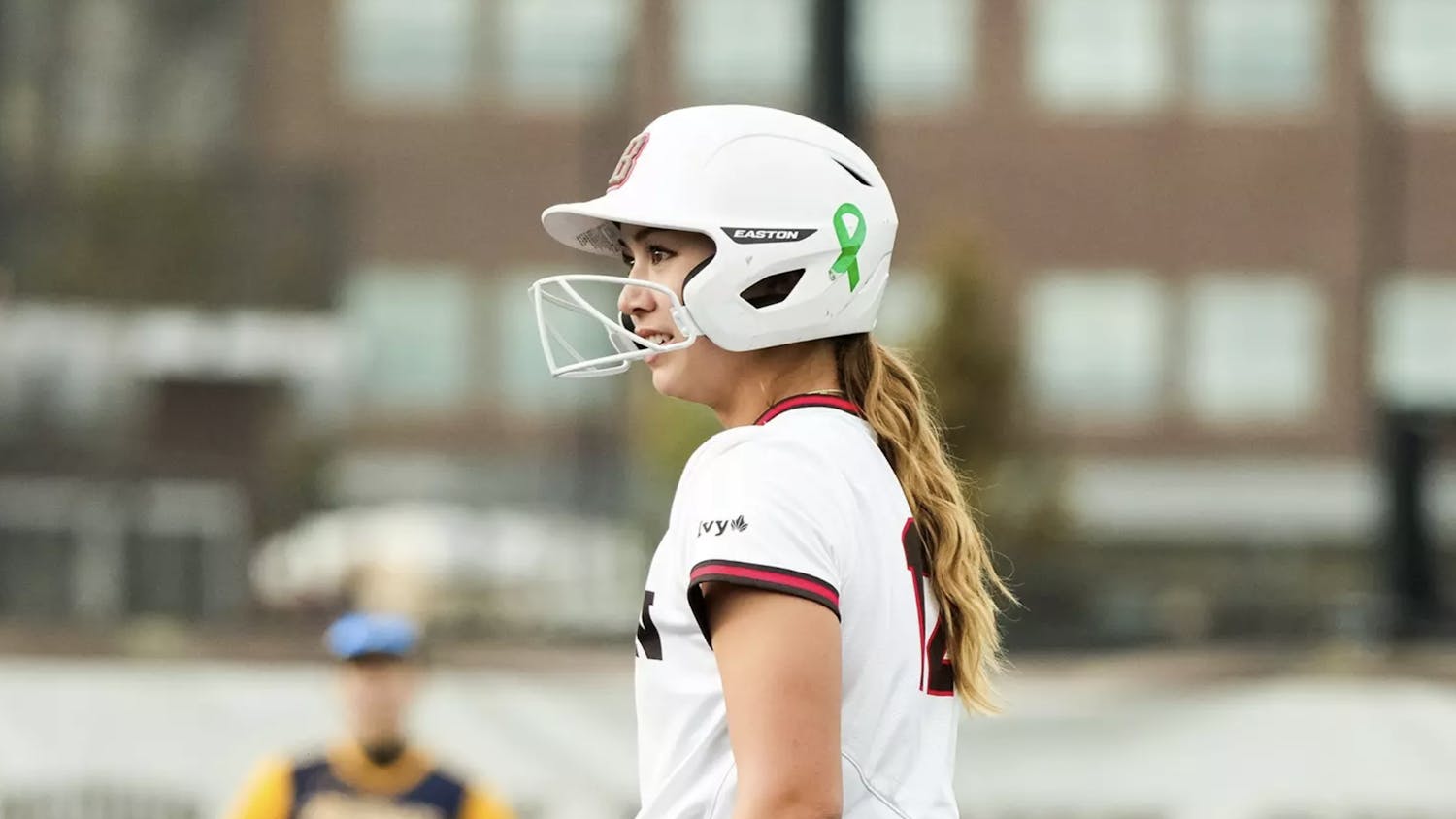Besides an email from a Baseball Writers’ Association of America member angry at my criticisms of Hall of Fame voting procedures in December 2016, my columns don’t usually generate many responses. So you can imagine how excited I was when I saw that Patrick Nugent ’21 had written an op-ed in response to my last column, in which I criticized Minor League Baseball’s use of a new rule to automatically place runners on base after the 10th inning.
“The idea that the rule doesn’t address a problem is wrong — it just doesn’t address the problem you think it does,” Nugent argues. The real problem the rule addresses, he writes, is that decreased starting pitcher workload has led to increased fatigue and injury among relief pitchers, whose increased value in recent years has made these kinds of injuries more costly to their teams.
But I would urge readers to remember: Just because this rule would reduce injuries to relief pitchers does not mean it is a good way to do so. Lots of rules would accomplish this goal but would also be clearly ridiculous, like requiring all relievers to wear Kevlar body armor or pitch from behind a safety net. So, is this particular rule worth it?
You already know my view, which is that it is not. There are all kinds of ways that MLB could protect relief pitchers without giving out free baserunners. It could expand rosters from 25 players to 28, allowing space for up to three more relief pitchers to dilute heavy workloads. It could direct increased funding to biomechanical studies and technology, which could allow teams to more effectively evaluate the causes of injuries to pitchers. It could mandate moving outfield fences back, resulting in fewer home runs, more outs and quicker innings, or it could slightly deaden baseballs — making them less firm so they don’t come off the bat as hard — with similar results. All of these things could be done effectively — and all, I’d say, would be far less disruptive and nonsensical than just giving out free runners.
Nugent then argues that the proposed rule would incentivize small ball, which, given the increased home run frequency across baseball, is an outcome I would also support. I love small ball — a well-executed suicide squeeze is my favorite play in baseball. But a rule change like this is not the way to bring it back. How do you incentivize small ball? In the ways described above: Make it harder to hit home runs, so that swinging for the fences is less likely to pay off. Small ball has declined because MLB teams have realized that power is more valuable than contact and that flyballs are more valuable than grounders. Unless flyballs become less valuable, the current trends toward more power and less small ball will continue. “Hitters, armed with better and more extensive data than ever,” the Washington Post reported last year, are “reaching the conclusion that not only are flyballs, on average, better than grounders but that the latter are to be avoided at all costs.” The Post quoted 2015 American League MVP Josh Donaldson: “Groundballs are outs. If you see me hit a groundball, even if it’s a hit, I can tell you: It was an accident.”
Hitters have systematically adjusted their swings away from small ball and toward power-hitting, regardless of game situation. And you can’t undo such an adjustment simply by putting free runners on base in extra innings. I love a good bunt more than anything — but when Joey Gallo, or one of the many players like him, comes to bat, it’s easy to tell that he’s swinging for the fences whether there’s a man on second or not.
“Baseball is steeped in tradition, but perhaps its most pervasive tradition is change,” Nugent then argues. As examples, he cites the five-man rotation, increased defensive shifts and the designated hitter. But it’s interesting — two of these, the five-man rotation and the defensive shift, didn’t come about through rule changes. They came from natural adaptation as teams fought to gain advantages on the field. The other example, the designated hitter — the only one listed that was an official rule change — is, like giving out free baserunners, something I heartily disagree with. And baseball fans agree with me: A 2016 poll conducted by Public Policy Polling found that 65 percent of respondents favored pitchers hitting over designated hitters, while 25 percent stated the opposite. Certainly, baseball is always changing. And the best changes are those made by the teams on the field, not the lawyers in the commissioner’s office.
Like I’ve said, in the end, this is a philosophical question. I don’t support putting runners on base in extra innings because it would distort a fundamental part of baseball — the process of scoring a run — for purposes that could either be better achieved in other ways (like decreasing pitcher fatigue) or shouldn’t be achieved at all (increasing pace-of-play). To merit a change as radical as this, MLB needs to show both that it is in pursuit of objectives that are essential and that such a proposal is the best or only way to achieve them. And as far as free runners on second base go, so far, MLB has shown neither.
James Schapiro '19 can be reached at james_schapiro@brown.edu. Please send responses to this opinion to letters@browndailyherald.com and op-eds to opinions@browndailyherald.com.




